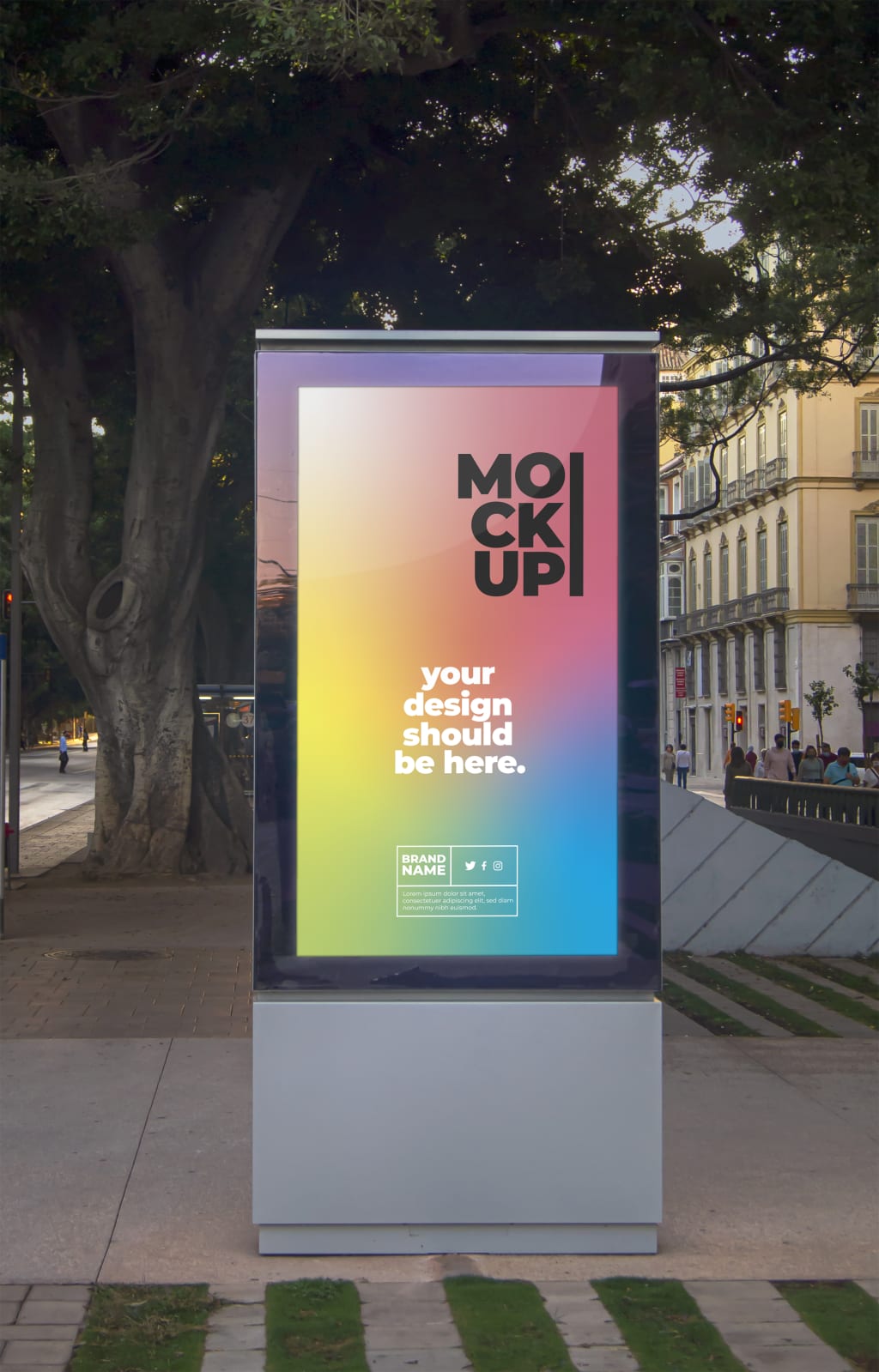Digital Signage vs. Traditional Print: A Sustainable Choice for Businesses
Embracing Eco-Friendly Solutions for Modern Advertising

In today's environmentally conscious world, businesses are increasingly seeking sustainable solutions to reduce their carbon footprint. One area where this shift is particularly evident is in the choice between digital signage and traditional print advertising. Both methods have their advantages, but when it comes to sustainability, digital signage emerges as the clear winner. Here's why:
Environmental Impact
Traditional Print Advertising
Traditional print advertising, while effective in some contexts, has a significant environmental impact. The production of printed materials involves the use of paper, ink, and other resources, which contribute to deforestation, water pollution, and energy consumption. Additionally, the transportation and disposal of printed materials further increase their carbon footprint. Once used, printed materials often end up in landfills, adding to the growing problem of waste management.
Digital Signage
Digital signage, on the other hand, offers a more sustainable alternative. By leveraging electronic displays, businesses can reduce their reliance on paper and ink. Digital signage can be easily updated and reused, minimizing waste and resource consumption. Moreover, the energy-efficient technologies used in modern digital displays, such as LED and OLED screens, significantly reduce power usage compared to traditional light sources.
Cost-Effectiveness
Traditional Print Advertising
Print advertising involves ongoing costs related to design, production, and distribution. Each new campaign requires the creation of fresh materials, which can be both time-consuming and expensive. In addition, printed advertisements have a limited lifespan, meaning businesses must frequently invest in new materials to keep their messaging current.
Digital Signage
While the initial investment in digital signage solutions may be higher, the long-term cost savings are substantial. Digital displays can be updated remotely and in real-time, eliminating the need for continual reprinting and distribution. This flexibility allows businesses to adapt their messaging quickly and efficiently, ensuring they stay relevant without incurring additional costs.
Versatility and Engagement
Traditional Print Advertising
Print advertising is static and limited in its ability to capture and hold attention. Once printed, the content cannot be changed, and its impact is often fleeting. While print materials can be strategically placed, they lack the dynamic appeal of digital content.
Digital Signage
Digital signage offers unparalleled versatility and engagement. With vibrant, dynamic displays, businesses can showcase a variety of content, from videos and animations to real-time updates and interactive features. This dynamic nature not only captures attention but also engages customers in a more meaningful way. Additionally, digital signage can be tailored to specific audiences and contexts, providing a personalized experience that print simply cannot match.
Sustainability and Brand Image
Traditional Print Advertising
As consumers become more environmentally conscious, businesses that rely heavily on print advertising may face scrutiny. The use of paper and other resources can be seen as wasteful, potentially harming a company's reputation among eco-minded customers.
Digital Signage
Adopting digital signage can enhance a company's brand image by demonstrating a commitment to sustainability. Businesses that prioritize eco-friendly practices are more likely to attract and retain customers who value environmental responsibility. By showcasing digital signage, companies can position themselves as forward-thinking and environmentally conscious, fostering a positive brand perception.
Conclusion
In the debate between digital signage and traditional print advertising, the sustainable choice is clear. Digital signage not only reduces environmental impact but also offers cost savings, versatility, and enhanced engagement. As businesses strive to meet the demands of a more eco-conscious market, embracing digital signage is a strategic move that aligns with both sustainability goals and consumer expectations.
By making the switch to digital signage, businesses can play a pivotal role in reducing waste, conserving resources, and promoting a greener future. It’s a win-win scenario: better for the planet, better for business.
About the Creator
Enjoyed the story? Support the Creator.
Subscribe for free to receive all their stories in your feed. You could also pledge your support or give them a one-off tip, letting them know you appreciate their work.





Comments
There are no comments for this story
Be the first to respond and start the conversation.